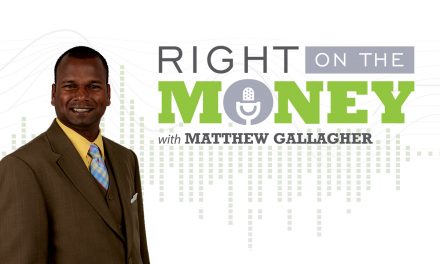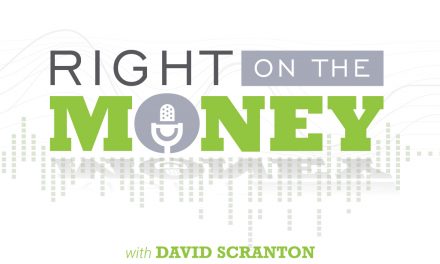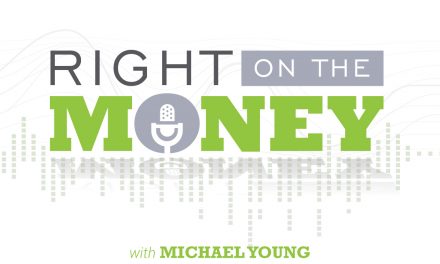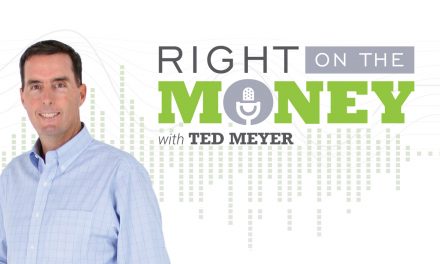Proactive Tax Management Can Keep More Money in Your Pocket
It doesn’t matter what game you like to plan, there are strategies and tactics to learn to become successful at any sport. The same is true of tax code. There are three basic moves to make that can positively affect the taxes due on your 1040. Watch the interview with retirement specialist Jim Donewald.
There are three basic tax strategies: one, know your tax bill, two, know the income that’s included in the provisional income test for Social Security and three, know the three tax categories.
Know your tax bill. The U.S. Tax Code uses a progressive marginal tax bracket system to levy taxes on American taxpayers. Depending upon your income, you have an assortment of tax exemptions, deductions and credits to reduce taxable income. Once you’ve established your taxable income, it’s important to discover what tax bracket you’re in and assess if you are close to another bracket, lower or higher. If you’re close to a lower bracket, can you delay income or use tax-free income to descend into the lower bracket. If you’re closer to a higher bracket, you may want to tax income up to the top of your existing bracket i.e., “headroom.” The tax bracket racket is a game to learn, so you can game the system to your advantage. You can’t convert taxable qualified monies to Roth IRAs until you have calculated the present taxation and future tax ramifications for the conversion.
Know what income sources trigger taxes on Social Security benefits. The list of income sources not included in the provisional income test for taxation of Social Security benefits is easier to manage i.e., four items: reverse mortgage equity loans, HSA account withdrawals for appropriate medical costs, Roth IRA distributions and policy loans from TAMRA-compliant, cash-value life insurance.* Most other income sources are includable in the provisional income test for Social Security benefit taxation. Additional tactics to help with ordinary income taxation and Social Security benefit taxation is to defer required minimum distributions using qualified longevity annuity contracts, stretch IRAs and qualified charitable distributions.
Know the three tax categories of income: taxable, tax deferred and tax-free
Is the taxable treatment classified as ordinary income tax or capital gains tax? Is the taxable income includable in the provisional income test for taxation of Social Security benefits? Does the taxable income increase tier one or tier taxation on those benefits? Does it affect Medicare premiums?
Is the tax-deferred income qualified or non-qualified? Can you defer the qualified monies until age 70½? How long you defer the non-qualified monies? Are any of the non-qualified monies annuities that will be annuitized? Remember non-qualified monies have basis, and basis is free.
Tax-free income sources like reverse mortgage equity loans, HSA account withdrawals for appropriate medical costs, Roth IRA distributions and policy loans from TAMRA-compliant, cash-value life insurance can be leveraged to reduce taxable income.
Getting up to speed on the basics of taxes is no different than learning a sport. Most financial advisors had to learn the tax system at ground zero of their education. They didn’t have training, nor were they educated in strategic tax thinking. So game on taxpayers … let the learning process become an earning process.
*Policy loans from TAMRA-compliant, cash-value life insurance are not reportable income provided the contract is kept in force for the life of the policy insured.
Syndicated financial columnist Steve Savant interviews retirement specialist Jim Donewald. Right on the Money Show is an hour long financial talk distributed to 280 media outlets, social media networks and financial industry portals.





